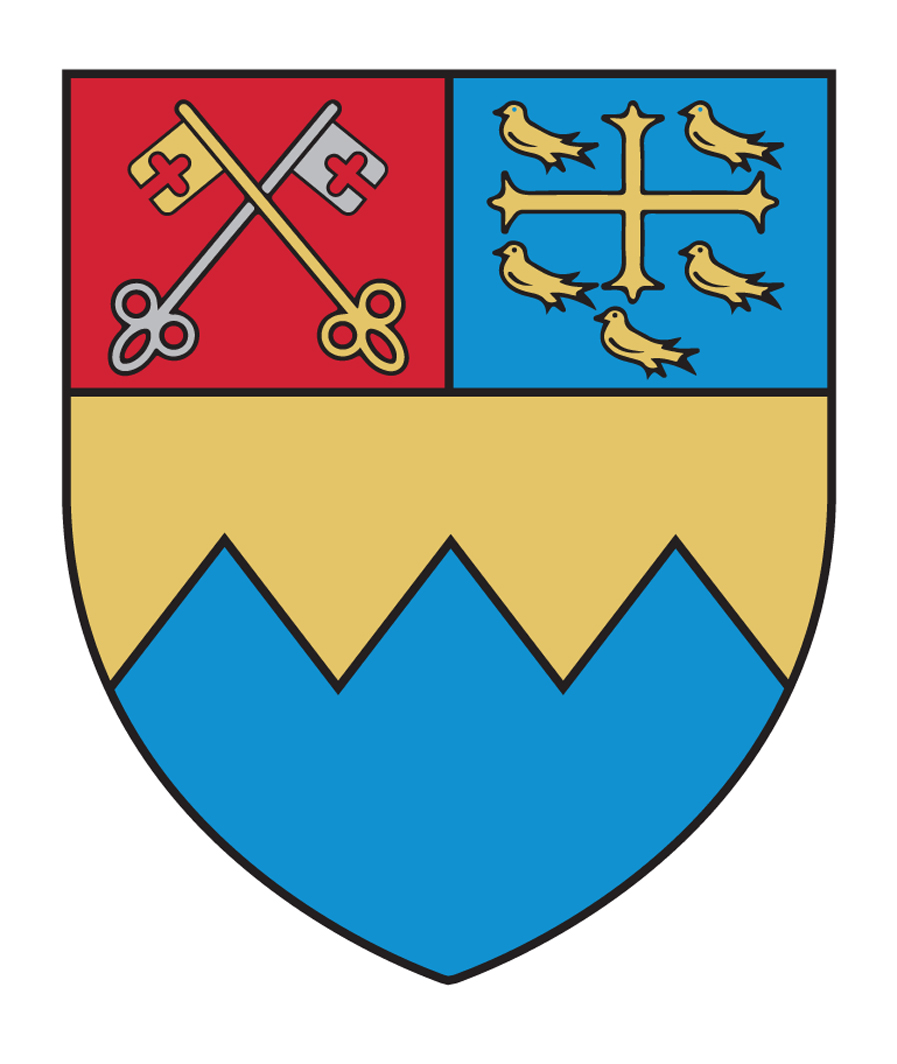
During the Sacred Triduum three new oblates were received: Anne-Marie Scott Masson and David and Ann Gorman. Being held on Holy Saturday morning, the rite was outside Mass in St John & Thomas chapel in the Abbey Crypt.
Ann and David Gorman are active members of St Mary’s, Brownedge, Bamber Bridge, a few miles south of Preston and in Salford Diocese. The parish had been, until late 2016, in the care of Ampleforth Abbey since its foundation in 1780. Ann, who teaches children and young people with special needs, and David, a local government officer with Lancashire County Council, have attended the Triduum at Ampleforth for several years and Ann’s links with the community stretch back to her childhood; her parents also being Oblates.
Ann and David’s strong affinity to the Benedictine tradition and the Rule - together with a desire to strengthen their links with the community following the withdrawal from the parish in 2016 - led them to request Oblation in late 2016. They were admitted as candidates during the Easter Triduum 2017 and their Oblation thus fulfils a long-standing aspiration.
Anne-Marie Scott-Masson, based in Dorset, has five children and 13 grandchildren. She is currently trustee of a professional orchestra and an architectural interior designer – collaborating with architects, builders, and final decorative works. She has long been attracted by the Divine Office, by the prospect of ‘being anchored’ in the Abbey’s liturgical life, and by the possibility of helping in whatever way presents itself. She spends some time each year with the Augustinian Canonesses Regular of St John Lateran of the English convent in Bruges (founded in 1629). While there she works in their Archives and also liaises with architects engaged by the convent, and in other ways.
As these details indicate, geography is not a key factor. Oblates – each in a unique way – are drawn to seek a stable, recognised link to the monastic community. Most centrally, this involves supporting the Monastery and their fellow Oblates through private and liturgical prayer, and through seeking to follow the guidance of St Benedict’s Rule in ways appropriate to their state of life; whether married or single. In so doing, they seek to respond to the universal call to holiness of all the baptised in a distinctive form. This also serves to remind us of the truth of the Church as the Mystical Body of Christ:
As it is, God has put all the separate parts into the body as he chose. If they were all the same part, how could it be a body? As it is, the parts are many but the body is one. The eye cannot say to the hand, ‘I have no need of you,’ and nor can the head say to the feet, ‘I have no need of you.’ (1 Cor. 12:18-21).


